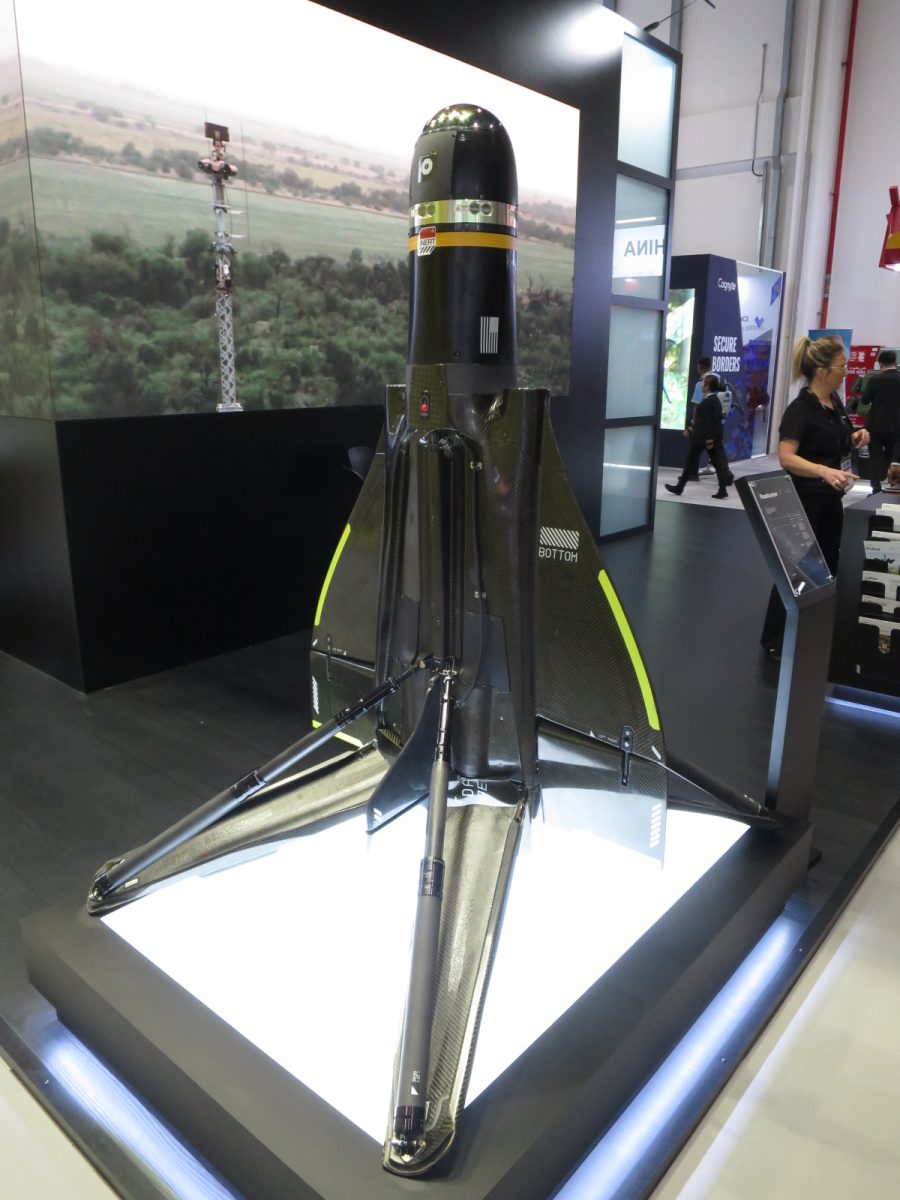In recent weeks, all eyes in the tech market have been set on Tesla Inc. as it became the most valuable auto company in U.S. history.
Tesla’s stock has been rallying for the past five weeks — reaching its highest close at $887.06 on Feb. 4.
In January 2020, the broader market slid into bear market territory as the outbreak of the coronavirus in China worried investors.
However, Tesla proved defensive and continued to rally as it announced record deliveries in fourth quarter 2019 and plans to continue expanding internationally in 2020.
The electric-car manufacturer is also on track to deliver its Model Y compact SUV before April of this year.
As the electric car manufacturer records some of its best weeks, short-seller investors have racked up $8.4 billion in losses over the past five weeks.
A short-seller investor is one who borrows a stock and sells it, with the hope of buying the stock back later at a lower price and profit from the spread.
In the past, short-sellers have been able to profit off of their strategy because of Tesla’s volatility.
Historically, Tesla has never posted an annual profit, missed financial targets and has been dragged down by lower margins as other auto-makers.
However, short-sellers are in losses this time around as Tesla shares have rallied 79% since January and 200% in the last six months. Although Tesla shares are rallying at their fastest pace since 2013, there could still be volatility ahead as Tesla’s goal of international expansion depends heavily on its top foreign market: China.
On another front, the telecom industry is spurred by the Trump administration’s attempt to create viable alternatives to Huawei.
To reduce and eventually eliminate reliance on Huawei equipment, the Donald Trump administration is working with U.S. technology companies to develop advanced 5G telecom networks in a market dominated by Shenzhen-based Huawei.
The aggressive push back against Huawei is driven by a proposed threat to national security; the Chinese company could be legally obliged to spy on foreign networks.
The prospect of the United States and its allies taking a financial interest in Ericsson AB and/or Nokia Corp. to create viable substitutes to Huawei has caused share prices to rise 4% for both companies in the past week.
Rather than investing in these companies itself, the Trump administration could also prompt American companies to invest or allow tax breaks to support the telecom competitors.
Looking ahead in 2020, the edge artificial intelligence chip market is poised for growth as AI tech finds its way into an increasing number of high-end consumer devices and across multiple
markets including sensors and robots.
Specifically, the sub-market of edge AI chips, parts of chips that perform machine learning tasks on-device rather than in remote data centers, is expected to outperform the overall chip and semiconductor markets.
The edge AI chip market has had a Compound Annual Growth Rate of 36% over the last three years and predicted sales of over 750 million chips in 2020, according to Deloitte.
Whereas previously AI computations were too intensive to be completed on-device, edge AI chips have made it possible all the while by being physically smaller, requiring less power and generating less heat.
Edge AI chips are innovating the chip industry as on-device computations are leading to efficiencies in speed, usability and data privacy.








